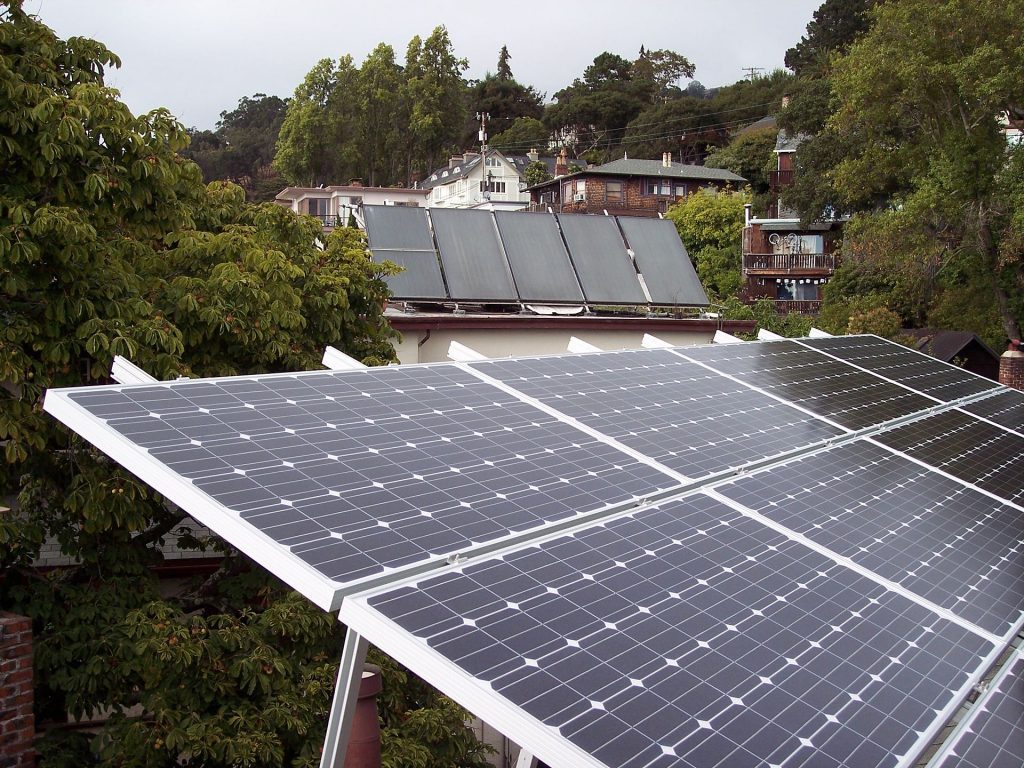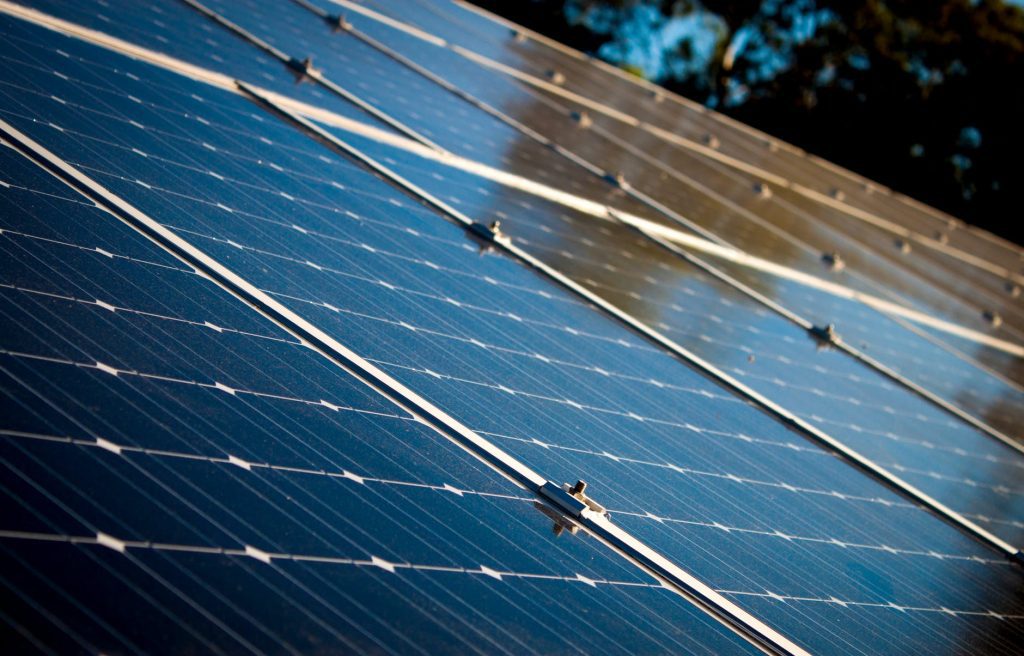
Have You Ever Wondered How Much Energy Could Be Supplied Through Rooftop Solar Power? A New Study Has Some Answers.
The National Renewable Energy Laboratory, or NREL, released a report earlier this month on the potential of rooftop power for the average house. The Rooftop Solar Technical Potential for Low-to-Moderate Income Households in the United States report is mainly aimed at outlining the potential for low-to-moderate income homes and their solar photovoltaic potential.
Expanding Solar Usage Beyond the Upper Class
In the United States, the use of solar panels on rooftops has been a trend mainly amongst higher income households. Now that the cost of solar PV panels is in decline, more people will be able to afford to use the technology, and the hope is that this will actually translate to a trend in solar PV outside of the ‘typical’ demographic.
The study to show what kind of impact it would have if the use of rooftop solar panels in the United States widely used light detection and ranging, or LiDAR, based scans of structures, and estimates based on statics about American homes. The conclusion was that about 57-percent, or 67.2 million, buildings in this country could effectively use solar PV technology. This would work out to be a potential of about 1,000 TWh of power, that would account for 75-percent of residential power consumption.
The study by the NREL came after the U.S. Department of Energy, or DOE, Solar Energy Technology Office released an interesting study of their own. They announced that the falling cost of solar technologies could result in a 971 GW increase of solar powered energy generation across the nation, projecting that 33-percent of the countries energy could come from solar power by 2050. So the NREL got curious about what it could mean if every American that has a home with a structure that could support solar panels, actually did take advantage of the technology.

A major factor in determining how well solar panels would work on rooftops has to do with the orientation and location of the house. For example, in colder parts of the country, houses and buildings are usually built to maximize their position in the sun, making them ideal candidates for solar energy coming from the roofs. However, in hot parts of the countries, builder use orientation and landscaping to shade houses from the sun; the exception would be in areas where the area doesn’t provide natural coverage, which is why you see so many homes in Southern California and like regions with solar panels lining the rooftops.
This would address some major issues when it comes to land usage and the risks of using other kinds of renewable energy sources. Even wind turbines are causing their own problems across the United States since their gearboxes require visual inspections with tools like articulating borescopes. Due to the lack of hands-on capacity to deal with these structures, many sit dormant for long periods of time awaiting repair. Solar panels on the ground take up space that might otherwise be used for farming or natural habitation and create a whole new set of problems. Putting panels on pre-existing roofs seems like a great idea, but it might be a great idea only in theory.
The Reality of Realistic Solar Panel Expansion

The report does also outline the obstacles of using solar technology on rooftops and what is going to prevent it from being a widespread trend until the problems are addressed. One issue would be that a lot of homes in this country are rental properties, and the owners of the property don’t want to pay to have panels installed. Alternatively, most rental contracts prevent tenants from making altercations without approval from the landlord, and they don’t want to improve the house, just to move out in a few years. The added problem is that using solar devices is still too expensive for a lot of people in this country.
The solution is going to be a slow burn and the government would likely have to step in and offer high incentives to install the panels. Under the current administration, environmental protection or alternative incentives are extremely unlikely to happen. However, a lot of big companies, like Google, Walmart, Target, and more are working out their own ways to expand solar usage for their structures. Still, if solar energy took over 75-percent of residential power consumption, it would quite actually be our Earth changing.

